| Rye %: | 100% |
| Stages: | Sour sponge, Yeasted sponge, Final dough |
| Leaven: | Rye sour culture, Instant yeast |
| Start to Finish: | 15-17 hours |
| Hands-on Time: | 20-25 minutes |
| Yield: | Two 1½ lb/700 g loaves. |
Considering that Tourte de Seigle is one of France’s classic rye loaves, I felt that at some point it was a must-bake, and our plans for a New Year’s Eve gathering offered the perfect excuse. Most of the recipes I’ve seen for this traditional 100% rye bread from France’s Auvergne region are built exclusively on a sour rye sponge. This version, which comes from Christian Maurice, bread instructor at Paris’ Ferrandi Culinary Academy, uses both a sour sponge and a yeasted rye sponge, which moderates the acidity of the finished loaf and lets the sweet spiciness of the rye shine through.
Instead of my usual North American rye flour, I used a German organic wholegrain (Type 1740) rye flour that my friend Hanseata was kind enough to bring back for me after a recent trip home to Hamburg. I was especially curious about European rye flour in light of some negative comments about US rye flours from Nathan Myrhvold, whose monster tome, Modernist Bread (to which I am a contributor), is due out this spring. Interestingly, I found the German flour milder and less flavorful than the American rye flour I generally use. Nor have I experienced the same chronic density problems in my breads that Dr. Myrhvold attributes to domestic rye flours. In fact, all things being equal, I prefer the more assertive flavor profile of the US grain.
The bread itself was delightful: thick-crusted, tight crumbed yet tender, with an almost creamy mouth feel and a flavor profile in which the sweet nuttiness of the rye gradually gave way to a satisfying sour finish. We served this bread on New Year’s Eve, thinly sliced, lightly filmed with Irish butter and topped with thick slabs of smoked Norwegian salmon. The canapés disappeared very quickly.
Sour Rye Sponge (Day 1, Evening):
| Ingredient |
Grams |
Ounces |
Baker’s |
| Whole rye flour |
120 |
4.25 |
100% |
| Water |
120 |
4.25 |
100% |
| Rye sour culture |
12 |
0.40 |
10% |
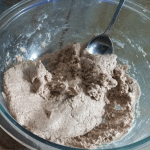 Combine the sour sponge ingredients, cover and ferment at room temperature (70°F/21°C) until doubled in volume, 8-10 hours or overnight.
Combine the sour sponge ingredients, cover and ferment at room temperature (70°F/21°C) until doubled in volume, 8-10 hours or overnight.
Yeasted Rye Sponge (Day 2, Morning):
| Ingredient |
Grams |
Ounces |
Baker’s |
| Whole rye flour |
250 |
18.50 |
100% |
| Water |
250 |
8.80 |
100% |
| Instant yeast, 1 tsp. |
1 |
0.02 |
0.20% |
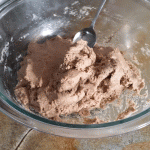 Combine the yeasted sponge ingredients, cover and ferment at room temperature (70°F/21°C) until doubled in volume, 2-2½ hours.
Combine the yeasted sponge ingredients, cover and ferment at room temperature (70°F/21°C) until doubled in volume, 2-2½ hours.
Final Dough (Day 2, Morning):
| Ingredient |
Grams |
Ounces |
| Sour rye sponge |
252 |
8.90 |
| Yeasted rye sponge |
501 |
17.65 |
| Whole rye flour |
525 |
18.50 |
| Water |
350 |
12.35 |
| Salt |
18 |
0.65 |
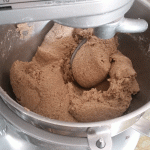 In the mixer bowl, combine the final dough ingredients and use the dough hook to mix at low (KA 2) speed, scraping down the bowl as necessary, until they form a stiff dough that leaves the sides of the bowl, 5-6 minutes.
In the mixer bowl, combine the final dough ingredients and use the dough hook to mix at low (KA 2) speed, scraping down the bowl as necessary, until they form a stiff dough that leaves the sides of the bowl, 5-6 minutes.
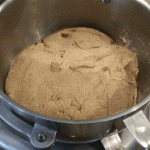 Cover the bowl and ferment the dough at room temperature until doubled in bulk, 75-90 minutes.
Cover the bowl and ferment the dough at room temperature until doubled in bulk, 75-90 minutes.
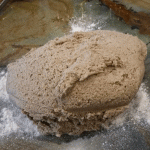 Turn the dough, which will be spongy, onto a well-floured work surface.
Turn the dough, which will be spongy, onto a well-floured work surface.
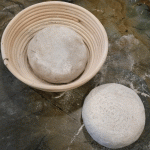 Divide it into two pieces, each weighing approximately 28 oz/800 g and shape each into a boule. Place seam-side down in a well-floured banneton, brotform or cloth-lined basket.
Divide it into two pieces, each weighing approximately 28 oz/800 g and shape each into a boule. Place seam-side down in a well-floured banneton, brotform or cloth-lined basket.
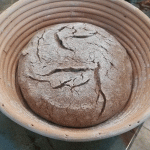 Cover and proof at room temperature until the surface of the dough shows wide cracks, 40-50 minutes.
Cover and proof at room temperature until the surface of the dough shows wide cracks, 40-50 minutes.
Preheat the oven to 500°F/260°C with the baking surface in the middle and a steam pan on a lower shelf. Turn the loaves onto a well-floured peel, if using a baking stone, or parchment-lined sheet pan. Bake 10 minutes with steam, then remove the steam pan and reduce the temperature to 410°F/210°C. Continue baking until the loaves thump when tapped with a finger and the internal temperature is at least 198°F/92°C, 35-40 minutes. Transfer to a rack and cool thoroughly before slicing.
Baker’s Percentages
| Ingredient |
g |
% |
| Whole rye flour |
895 |
100.00% |
| Water |
720 |
80.45% |
| Salt |
18 |
2.01% |
| Instant yeast |
1 |
0.06% |
| Rye sour culture |
12 |
1.34% |
| TOTAL FORMULA |
1,646 |
183.85% |
| Flour prefermented |
370 |
41.34% |

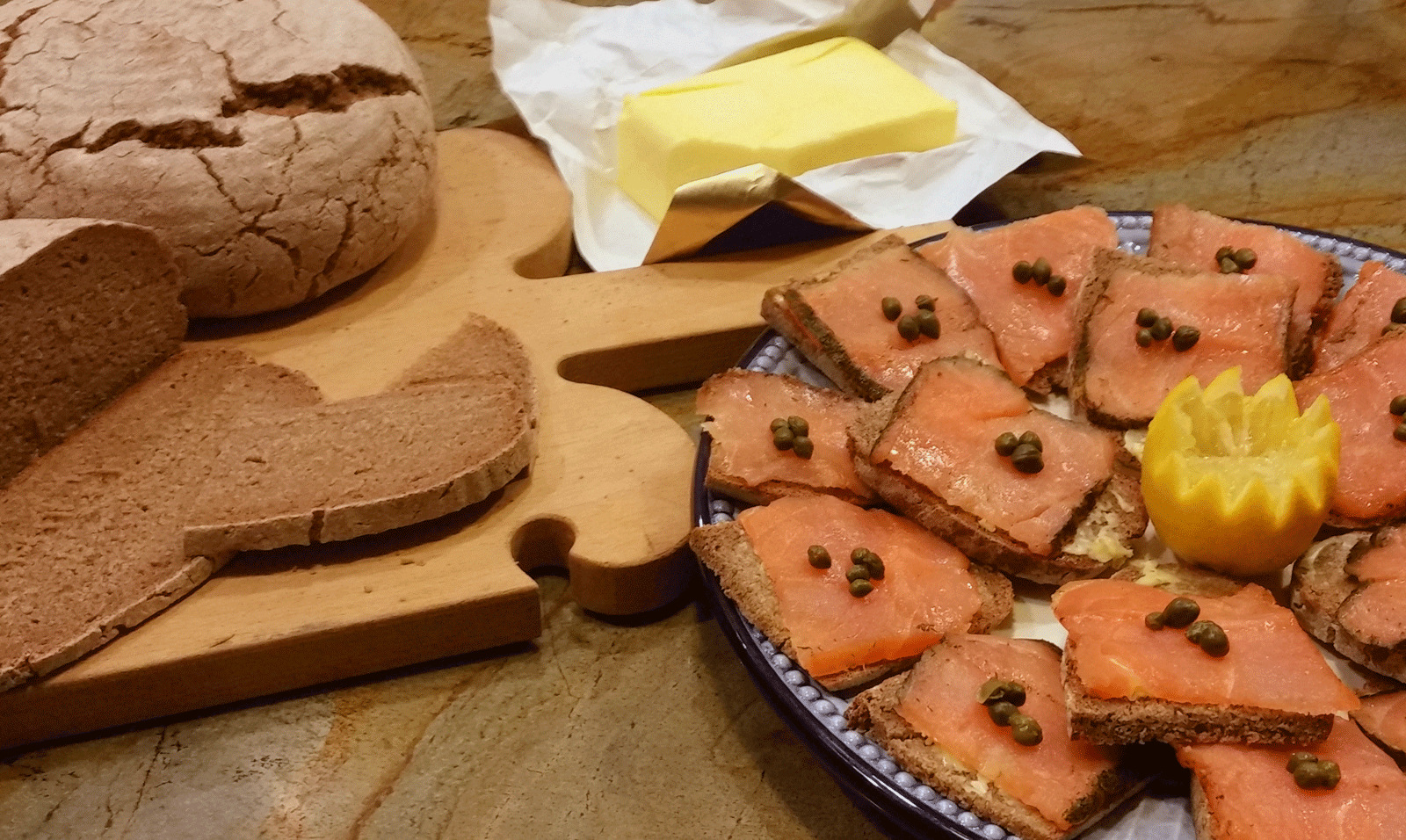
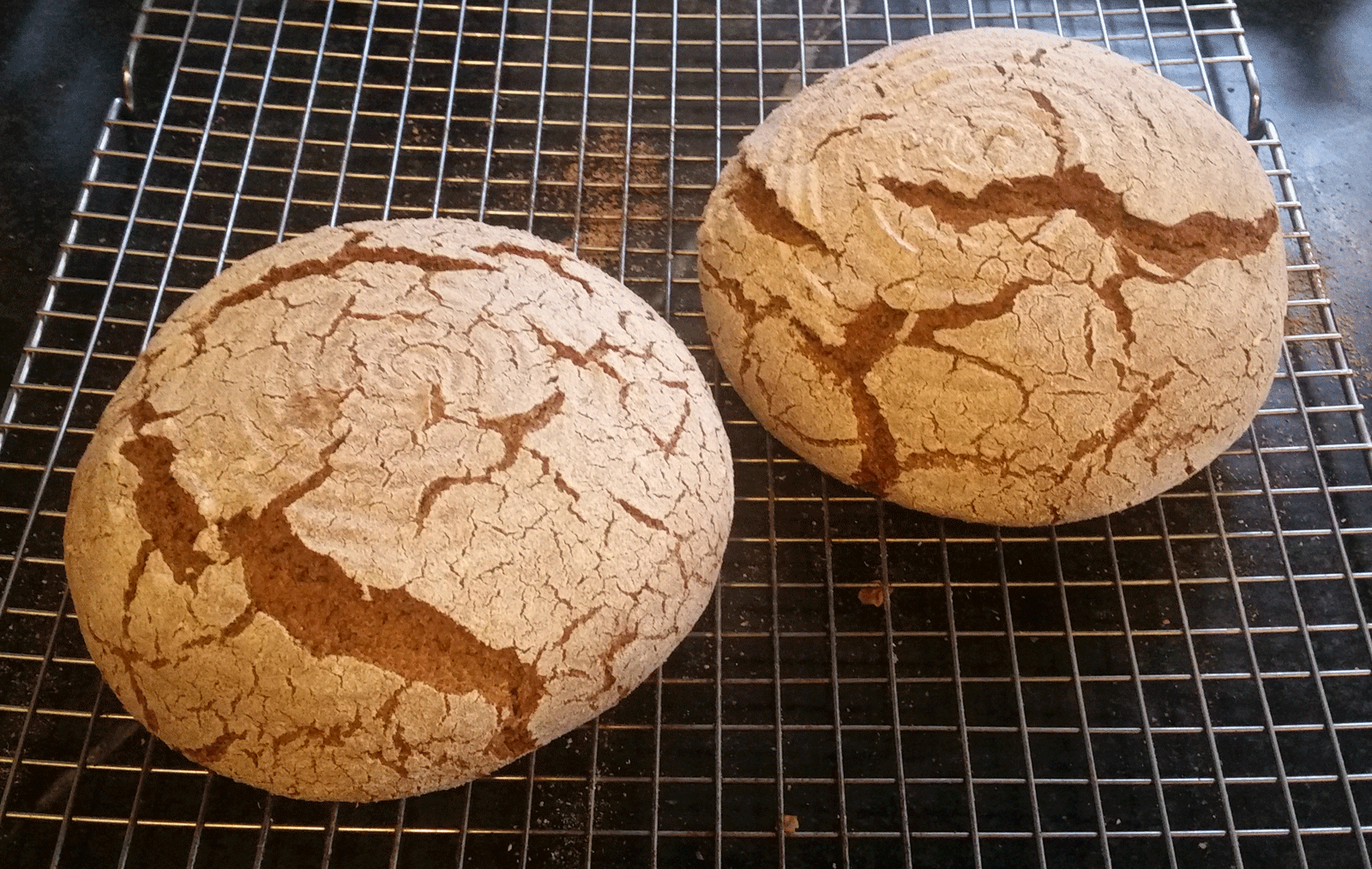
Chris
January 12, 2017Is that a typo in the yeasted sponge portion? Should it be 250g rye flour instead of 525g?
Stanley Ginsberg
January 12, 2017You’re right. Recipe has been corrected. Thanks for your sharp eyes.
Dean
January 12, 2017I’m sorry, but I’m new. The “rye sour culture” you use in your first step: I don’t see your recipe for that anywhere. I have some sour culture I made (from a Cooks Illustrated recipe), but I doubt that will work…
Stanley Ginsberg
January 12, 2017Why do you doubt it will work? Any healthy sourdough culture will work; after all, it’s nothing more (or less) than a colony of living microorganisms — yeast and lactic acid bacteria — that really don’t care where their nutrients come from. Adding a sourdough starter to a flour+water mix simply inoculates the mixture with the microorgs and provides them with a banquet. Long story short, your Cooks Illustrated sour culture should work just fine. Simply feed it with rye flour instead of wheat.
Dean
January 12, 2017Thank you! I’m excited to try!
Dean
January 22, 2017I see you “corrected” to 250g of water and rye in the yeasted rye sponge, but it still calls for 776g in the final dough. Do you mean 501g? Thanks!
Stanley Ginsberg
January 22, 2017Got me again! Thanks.
Bob
January 24, 2017Just noticed this recipe is different than the Rye – Wheat Boule in the Rye Baker. Will be interesting to compare.
Andy
March 6, 2017Hi Stanley. Sorry to bother, but I’ve tried this now a couple of times. Using my sour culture, the sour rye sponge you suggest (120 rye, 120 water, 12 culture) just sits there like the proverbial latke…no rise at all. Any thoughts? Thanks in advance.
Stanley Ginsberg
March 7, 2017If your culture is robust, you shouldn’t have any problems. Otherwise, you might want to check the quality of the flour, water, salinity, if any, ambient temperature. A healthy rye sponge will triple in volume in 8-10 hours after feeding.
Pingback: Sourdough Auvergne Rye Loaf/Tourte de Seigle (France) - THE RYE BAKER